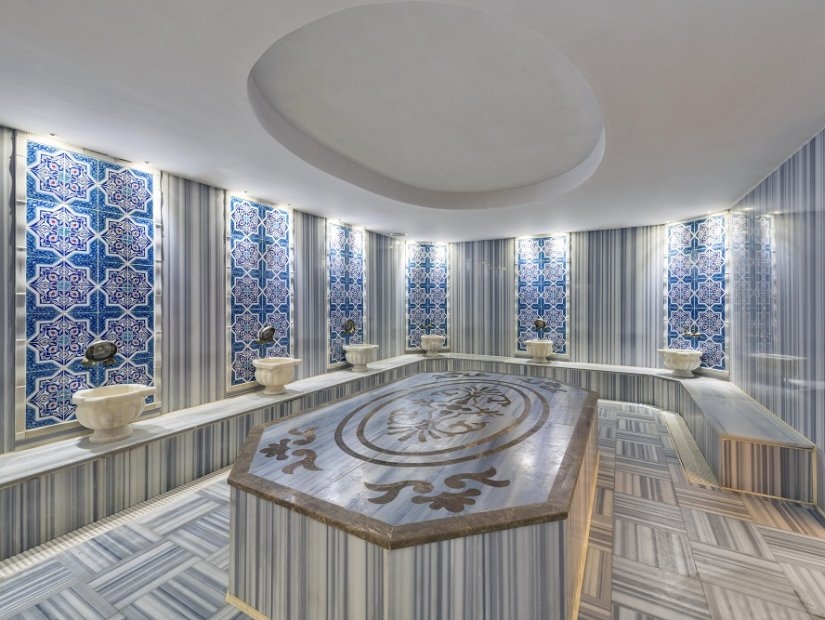Blog
Turkish Bath: A Rooted Tradition
Turkish Bath: A Rooted Tradition
Turkish Bath: A Rooted Tradition
When it comes to Turkish culture, one of the first things that come to mind is the Turkish bath. Turkish baths are based on a rooted tradition. We gave information about the Turkish baths that accompany the most entertaining aspects of getting clean.
Turkish baths were not only places for self-cleaning and bathing but also places to be healthy while enjoying cultural and social activities with others.
The baths, which used to only respond to cleaning and washing needs, became a part of social life later in history. They were the centers used for socialization as well as cleaning and purification before the development of bathrooms in homes.
The importance of washing the body has been known since ancient times to prevent diseases and find treatment. It is known that in the 4th century BC, there were baths used for physical training and disease treatment. The use of water for health purposes, which is one of the vital needs of human beings, has led to the construction of water spaces such as baths and spas. Baths, one of these building types, especially meet the washing and cleaning needs of people. In addition to this, baths have always been architecturally designed in line with the religious beliefs of societies.
It is possible to divide Anatolian Turkish baths into two, according to the water used in baths. Baths working with natural hot water and artificial heating system. Baths built on a natural hot water source and generally used for health purposes are called hot springs. Anatolian Turkish baths have a very significant place in Turkish social life as they are the scene of many social events related to entertainment, birth, marriage, and cleaning. Today, it is possible to see hot and cold water pools, aromatic foam, mud, seaweed, clay, honey, and vegetable oil massages and body treatments in the baths, mostly used for cleaning, health, and beauty purposes.
Baths, which have great importance in terms of art and architecture, are also important in cultural history. In general, a Turkish bath resembles a mosque with its dome and some other architectural features. In terms of interior design and architectural organs of these establishments, there are very simple ones as well as very magnificent ones.
Unlike home baths, Turkish baths, which are constantly hot and have high humidity, provide relaxation by allowing the muscles to relax, because it softens the skin and allows easy peeling of the upper layers, and facilitates cleaning. Due to the lack of infrastructure in the early Ottoman period, indoor bathing was only possible for wealthy families and palace dwellers. The people used the baths in the district centers intensively to meet their cleaning needs and to wash. However, Turkish bathes could be visited once a week or less frequently. Due to these difficulties in cleaning, it was very important to scrub and get rid of the dirt and dead skin accumulated on the upper part of the skin at each bath visit.


